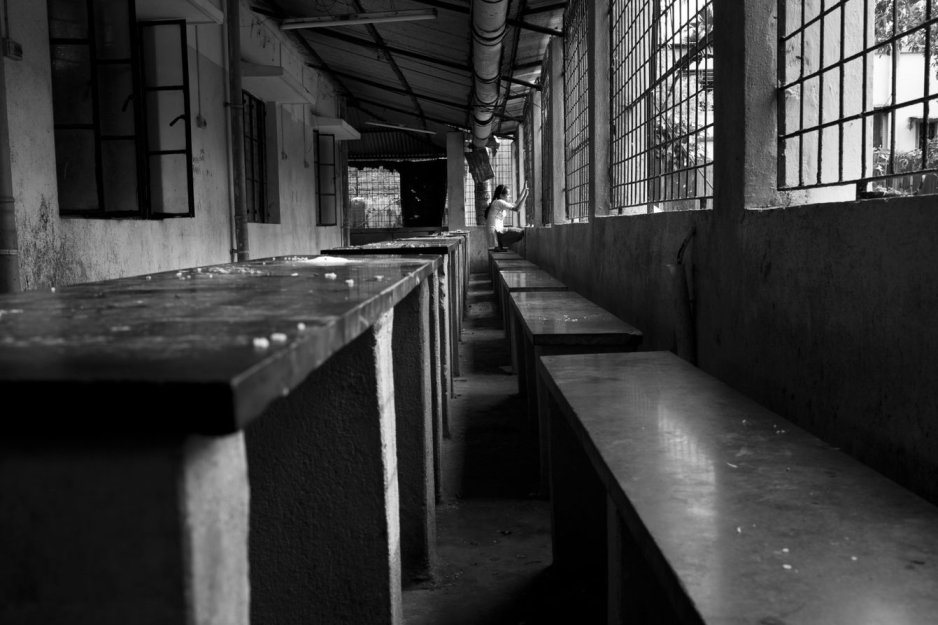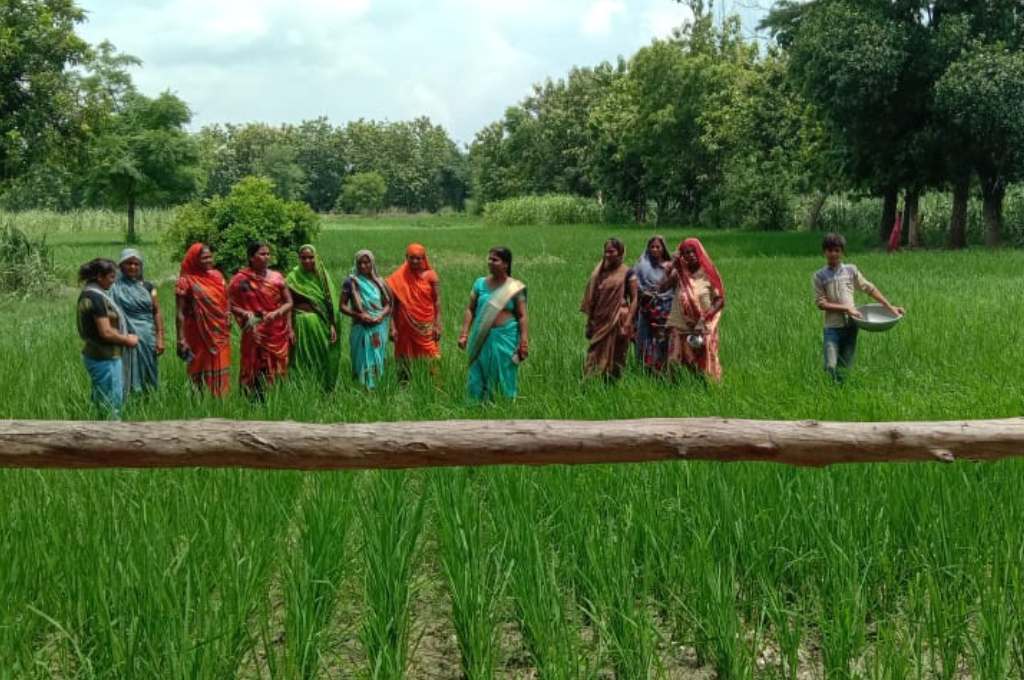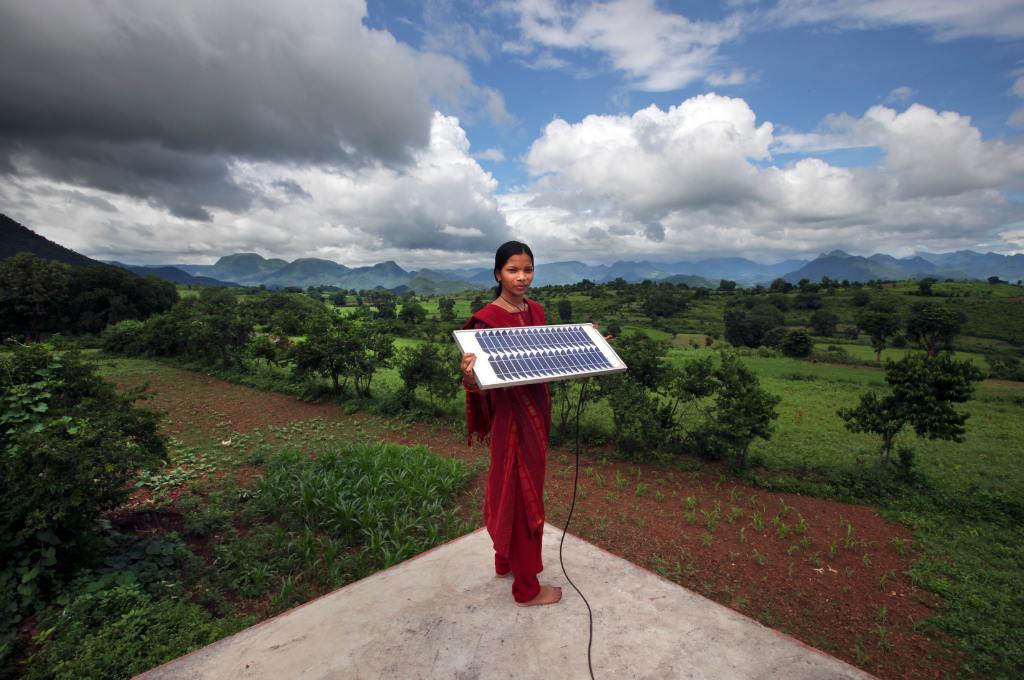“Education will make no difference to my daughter’s life. Whatever I am compelled to do today, all this housework, cooking, and cattle maintenance, she will have to do it tomorrow. What difference will [your programme] make?”
This is an exchange between a young mother and a field officer working on adolescent empowerment in rural India. It shows how adolescents—generally defined as the age group between 10 and 19—are faced with extreme pressure to adhere to traditionally defined roles and norms.
Action Reaction I—a report written by Dasra in 2019 shed light on the negative reactions faced by adolescents who defy these roles and norms. Known as backlash, these reactions can vary from mild (denial of permission to attend programmes) to severe (threats of violence and abuse). A second report, Action Reaction II takes the conversation forward by talking to programme staff members and fieldworkers from nine adolescent-empowerment organisations that say the success of their efforts in transforming gender norms and creating lasting behaviour change is directly tied to their ability to manage and mitigate backlash.
Related article: Backlash: The consequences of defying gender norms
Here are highlights from the report, as well as steps organisations can take today.
What triggers backlash?
Data collected for the report indicates that gender discrimination and violence is often perceived as a non-issue in communities where infrastructural challenges, such as access to water and sanitation, are seen as a priority. Creating awareness and beginning the conversation, therefore, is often seen as a deviation from the status quo in and of itself, often resulting in backlash.
It is not surprising then, that evidence from across nine focus group discussions—in Maharashtra, Rajasthan, and Jharkhand—indicated that adolescent girls who participate in interventions that address sensitive issues, such as sexual and reproductive health and rights (SRHR) and menstrual hygiene, tend to experience significant backlash from family members, religious leaders, and teachers.
Backlash against adolescent girls needs to be looked at with an intersectional lens.
We also need to keep in mind that long-standing socio-cultural practices and deeply entrenched norms and values form the core of what causes and exacerbates backlash. Therefore, backlash against adolescent girls needs to be looked at with an intersectional lens, taking into account not only their gender but also economic status, religion, and caste.

Creating awareness and beginning the conversation, therefore, is often seen as a deviation from the status quo in and of itself, often resulting in backlash. | Picture courtesy: Dasra
Preventing backlash
Ranging from the fathers of adolescent girls to husbands, teachers, policemen, and medical and legal professionals, nonprofits have built in a variety of mechanisms through which to receive and maintain buy-in for their programmes, a step which is essential for preventing backlash against programme participants.
Here are some of the strategies nonprofits looking to prevent backlash can use:
It is essential to engage with local stakeholders, build strong relationships with community members, understand local social and cultural contexts, and gain community-wide acceptance before the programme is introduced. This lays the foundation for sustained involvement of the community and enables nonprofits to customise content around local needs, apprehensions, and realities.
Several respondents cited the importance of creating a feedback loop, allowing for key decision-makers, such as fathers, husbands, and brothers, to explore programme content and/or participate in programmes themselves. Organising grievance redressal meetings at a community-level also creates a space for the community to express their opinions on a programme, allowing for transparency and open channels of communication between the nonprofit’s staff and the family members of adolescent girls.
Particularly in close-knit communities, positive local role models can foster relatability and assuage the common fear of ‘what people think’. For example, drawing on examples of fathers who championed their programmes, organisations have leveraged local success stories to appeal to men within the community, further incentivising their buy-in and participation.
By designing dedicated material for adolescent boys and young men, organisations hope to combat harmful stereotypes and gender roles at their source, and create sustainable and lasting change. They also provide male family members the skills to better express emotions and navigate complex relationships with the women around them.
Whether before or during programmes, there is a need to train all stakeholders working with adolescents—from programme staff to medical and law enforcement professionals—on how best to identify, manage, and mitigate instances of backlash. This goes a long way in anticipating, acknowledging, and addressing the challenge at hand.
Related article: Disrupting violence at home
Mitigating backlash
While nonprofits should work on preventing instances of backlash, the reality is that these reactions are likely to occur despite the precautions that organisations take.
In these cases, nonprofits can implement mitigation strategies that, while similar to prevention, focus on minimising the impact of ongoing physical or verbal backlash. Some of these steps are:
Ranging from the creation of support groups and online forums to providing one-on-one counselling, organisations can make it a point to create systems for both adolescents and their families to handle backlash and its lasting aftermath. These resources are essential to building resilience, ultimately enabling adolescents’ continued participation and engagement in programmes.
Organisations also rely heavily on community support to recover from backlash. Working with religious leaders and women’s self-help groups has been beneficial to adolescents and their families, providing them with various avenues of support, such as creating safe spaces, taking on the onus of talking to or reasoning with perpetrators of backlash, and advocating for the programme within the community.
The safety of programme staff working in organisations is critical. Investing in training and awareness building, and setting up processes to identify, escalate, and document backlash is essential, ensuring that programme staff members are adequately supported. In turn, it also informs organisational protocol to mitigate the risk of backlash in the future.
Dealing with backlash hinges on the understanding that that there cannot be lasting, catalytic change for women and girls without working with stakeholders across the community. Given how delicate the matter is, and the lasting negative impact that even a minor misstep can have, inculcating the element of backlash in programme design and execution is vital.
While dealing with an issue as unpredictable as backlash is a long and arduous process, its value cannot be overstated. Managing and mitigating backlash can lead to development gains for all, including but not limited to, improved family health and education, higher incomes, and greater civic participation.
—
Know more
- Read the full reports—Action Reaction I and Action Reaction II—to get a deeper understanding of the backlash faced by girls, women, and adolescents, and different strategies to tackle it.
- Explore this resource book for nonprofits on adolescent empowerment, including approaches of working with adolescents and engaging stakeholders.
- Learn why it is important for funders in India to adopt a gender lens while taking grant-making decisions.




